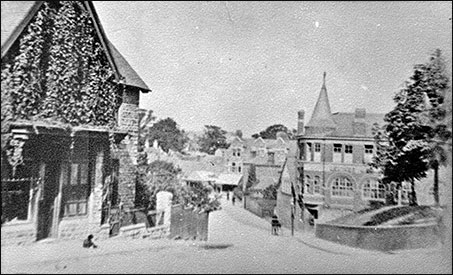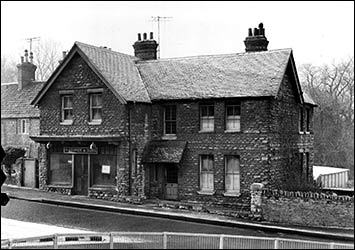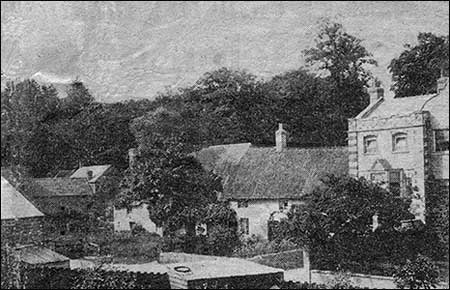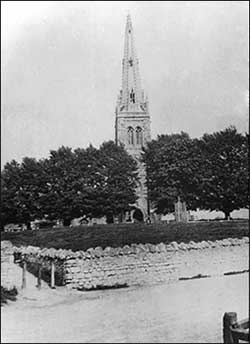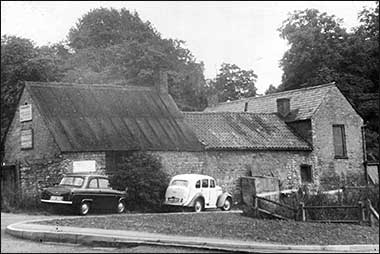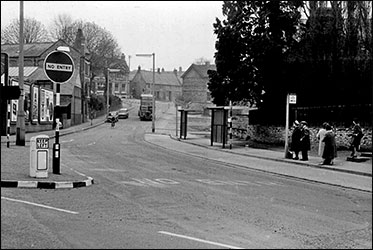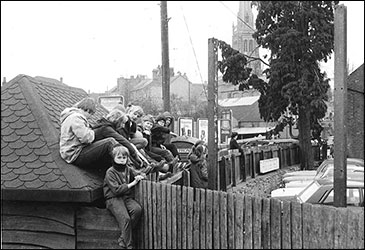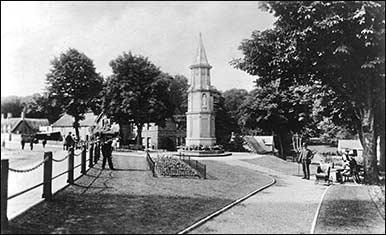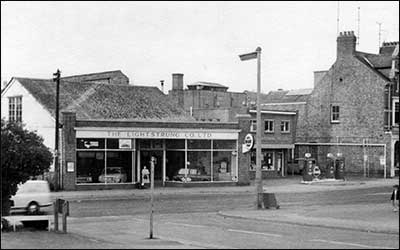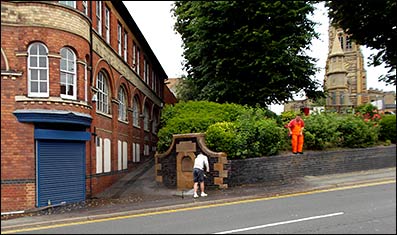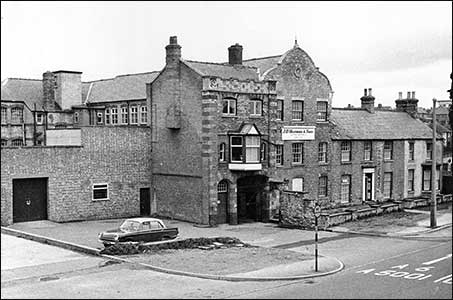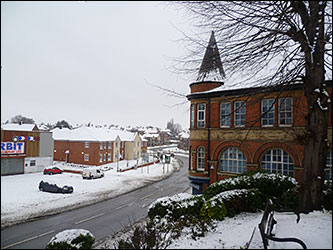|
|
|||||||||||||||||||||||||||||||||||||||||
|
Skinners Hill
|
|||||||||||||||||||||||||||||||||||||||||
|
|
|||||||||||||||||||||||||||||||||||||||||
|
The buildings at the far end of the row of cottages (centre of the picture below) are some of the farm outbuildings.
Where the thatched cottages of Home Close once stood, became an open area and for some years it was used to park buses, before the Newton Road bus garage was built. At the foot of the hill facing the Claridge factory was the Lightstrung Garage. For many years that gave the name to the bus stop, "The Lightstrung" but after the one way system for traffic was introduced, the buses only stopped outside the factory, so it is now called "Skinners Hill" bus stop. Facing the cottages on the other side of the hill was the village Green, opposite St. Mary's parish church.
|
|||||||||||||||||||||||||||||||||||||||||
|
|
|||||||||||||||||||||||||||||||||||||||||
|
|
|||||||||||||||||||||||||||||||||||||||||
